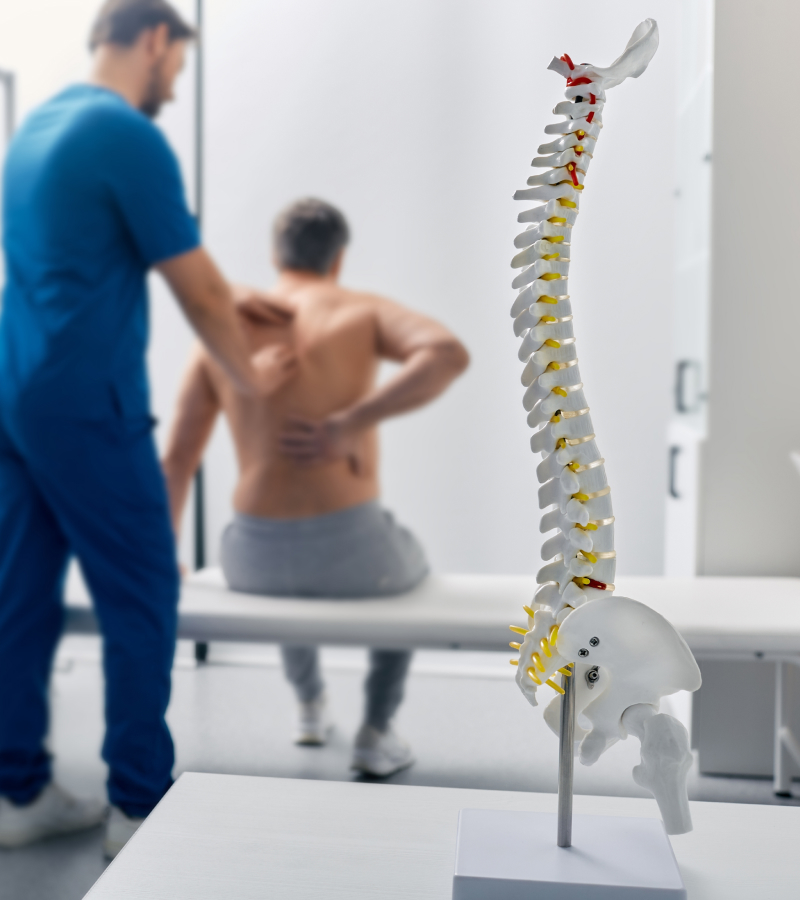Osteoporotic spinal fractures often accompany advanced osteoporosis, leading to persistent pain and limited mobility in elderly individuals. While some fractures heal naturally, others require intervention. Balloon kyphoplasty is a cutting-edge, minimally invasive procedure designed to address vertebral compression fractures (VCFs) by reducing and stabilising them. This technique effectively treats pathological fractures of the vertebral body, whether they result from cancer, benign lesions, or osteoporosis.
During the balloon kyphoplasty procedure, a robust balloon passed through a slender 3mm needle is employed to restore the height of the vertebral body. Simultaneously, it creates a cavity within the fractured area, which is subsequently filled with specialised bone cement. This innovative approach provides immediate pain relief while simultaneously restoring the full strength and integrity of the fractured spinal bone.


